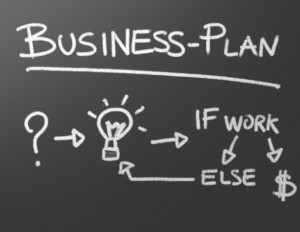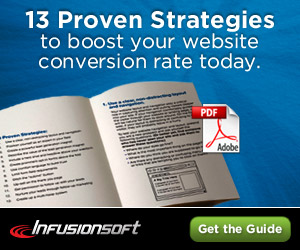Business Plan Flesh and Bones
When it comes to Business Plan Flesh and Bones, have you struggled with mapping out your business’s plan? Is it an item on your To Do List that you keep ignoring? Have you even considered writing a business plan?
There is no magic bullet for writing one but there are some easy ways to create a business plan without getting overwhelmed by the formalities of an official document. Tim Berry, one of The Industry Word authors, has created a series of 13 videos in his area of expertise, Business Planning.
Choose from Any Video in the Series
Introduction and Orientation
Information on how to view this series.
Planning is Modular – Mix and Match
Think of your business like blocks or interrelated pieces. You don’t have to have the whole block structure done before you take any next steps. Start your blocks where you like.
Business Planning Tips – Form Follows Function
Your plan-as-you-go business plan is no more than what you need to run your business. Be able to talk through key points: the customer story, what offerings makes you unique, the aspects on which you’re focusing, and the response you want from whomever is listening.
Planning is Management
Planning should become management, long-term progress towards goals, prioritizing, and focus. It’s not really about the plan, per se; it’s about the discipline to use the plan to run the business.
Strategy is the Heart of the Plan
The heart of the plan, which is also the heart of the business, is made up of a group of three core concepts that cannot be separated: market, identity, and focus. Don’t pull them apart. It’s the interrelationship between them that drives your business.
Business Plan Flesh and Bones
To follow up on a plan and turn it into effective management, you have to have specifics that you can track and manage. This turns a plan into a planning process. This section deals with the specific steps you can take to make things happen.
Sales Forecast, Part 1: Structure
The backbone of a normal sales forecast is typically a spreadsheet. It could be created from scratch or come already structured with business plan software. This first video on sales forecast explores the standard structure of rows and columns.
Sales Forecast, Part 2: Logic
In this second video, we examine a simple example for solving questions that come up so often with new businesses. Looking at sales for a new restaurant, we consider tables and seats, hours open, meals, and some simple assumptions to estimate sales.
Sales Forecast, Part 3: Back to the Spreadsheet
In this third video on sales forecast, we take the assumptions from the second part and use them to create and develop a sales forecast for 12 months and then the following two years.
Dress and Grow Your Business Plan
As your company grows, your planning grows. If you add people to your team, then bring them into the process to make sure you’re all on the same page.
The Formal Business Plan Document, Part 1
There are business reasons, called business plan events, that force you to produce the traditional plan document. The more common business plan events are related to seeking loans or investments.
The Formal Business Plan Document, Part 2
In this section we focus on the relatively standard outline of the formal business plan document, taking it chapter by chapter and discussing the contents.
The Formal Business Plan Document, Part 3
This third and final discussion of the formal business plan document is a two-minute summary and conclusion. It’s a reminder that the document will be wrong, will require management and course corrections, but should still be a vital part of your management process.
Introducing Tim Berry
Quick video biography of Tim Berry — business author, founder of Palo Alto Software and Bplans, co-founder of Borland International, Stanford MBA, and leading business planning expert.








